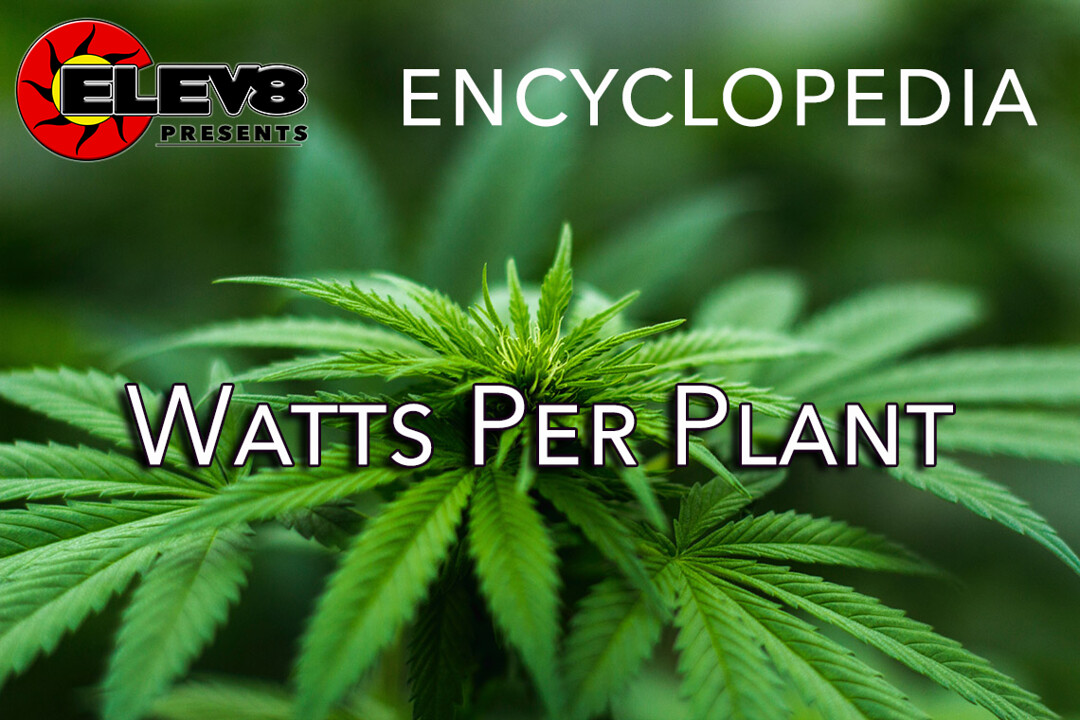What does Watts Per Plant mean?
The expression ‘Watts per plant’ is sometimes used to refer to how many watts are required to grow one plant indoors, but it’s a difficult question to answer. Plants vary widely in width and height. Some strains are tall and others compact. Figuring out how many watts are needed per plant is difficult because of the varying plant sizes. Most growers simply determine the watts needed to successfully illuminate a growroom for maximum production and do not focus on watts per plant but rather lumens/watts per square foot of grow space.
Generally, the minimum amount of light required per plant is around 300 lumens per square foot of growroom space. The type of grow lights used will also depend on how much lumens/watts a plant needs to successfully grow and produce. A general rule of thumb is that a plant requires:
- 17 lumens/watt from incandescent bulbs
- 45 to 50 lumens/watt from mercury vapor
- 60 to 70 lumens/watt from fluorescents
- 90 lumens/watt from metal halide and 107 lumens/watt from high-pressure sodium
More Info On Watts Per Plant
Lumens/watts are the units that measure the amount of light that each light source produces. A high lumen/watt light bulb produces the greatest amount of light. However, the distance of the light source from the plant ultimately determines how much light the plant ends up receiving.
Most growers place the lights as close as possible to the plants but not so close that the foliage of the plant burns. They also rely on various types of reflectors to diffuse and reflect the light down and target the light’s rays even more directly on to the plant.
When growing cash crops, ‘Watts per plant’ was once a suitable way to determine whether you’ve had a good growth cycle. In the past, many cultivators would speak of their yields in terms of how many pounds or kilos they produced of dried, processed flowers per 1,000-W flowering light. For example, a good crop might have led the happy grower to say, “I got two pounds per light!”
Although this ‘Watts per plant’ method of measuring a batch’s (or crop’s) result somewhat indicates the results that were achieved, it does not take into account the wide window of different genetics’ flowering times, or other environmental variables. For this reason, it is more accurate for cash crop growers to use ‘Grams per day’ to calculate their results over time.







